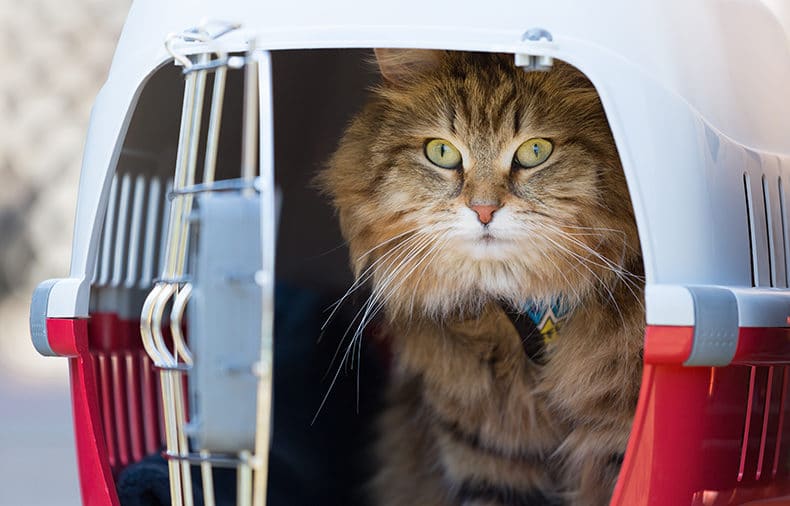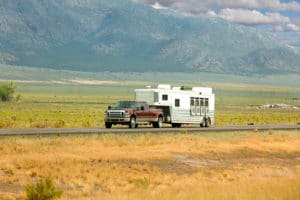A cat carrier, or kennel, is necessary when transporting your pet, whether you choose to ship by air or ground. Besides keeping your cat safe during travel, a carrier also allows an airline or cat transporter to safely handle your cat during transportation. Before the trip, allow your cat to get used to the carrier. This will help your pet feel calm and safe during travel.
The Right Cat Carrier Size
The carrier you choose for your cat should be large enough so that they can sit, stand, lie down, and turn around easily. You don’t want to get a cat kennel that’s too large, but you want to be able to put food and water bowls in the cat carrier as needed.
Kennel Materials
Select a cat carrier that is sturdy and suitable for transport. If you are taking your cat on board the cabin with you or in the car, you may be able to use a soft top kennel, but you should not use them for shipping your cat as cargo. Airlines usually require that your cat’s carrier is made of plastic. Make certain that the bolts on the carrier are secure, and pack extra ones in case of damage or malfunction so that your cat can stay secure.
Cat Carrier Kennel Features
Look for a carrier that has these features:
- No wheels, or wheels that can be removed
- Has multiple handles that allow easy handling of the carrier without contacting your cat
- Has a sturdy latch that is easily secured
- Multiple entrance ways
- An area for labeling and identification
Preparing a Kennel for a Cat
After choosing out a carrier for your cat, you need to prepare it for travel so that your cat stays safe, whether traveling by air or car.
Follow these simple steps:
- Label the carrier properly, including tags that say “LIVE ANIMAL,” “THIS SIDE UP,” as well as your contact information.
- Attach a current picture of your cat, their name, and any special handling instructions.
- If your cat is traveling by air cargo, make the carrier easily identifiable by attaching something reflective or highly visible. This will make it easy to quickly identify your cat as he is being loaded and unloaded.
- Place bedding in the bottom of the carrier – either paper or cloth
- Place two dishes in the kennel that can be secured to the door – one for food and one for water. The airline or cat transporter should be able to change these without having to open the carrier door.
- Tie extra food and water to the kennel and include feeding directions.
Content Updated: April 23, 2019 – Lisa Friedrich




